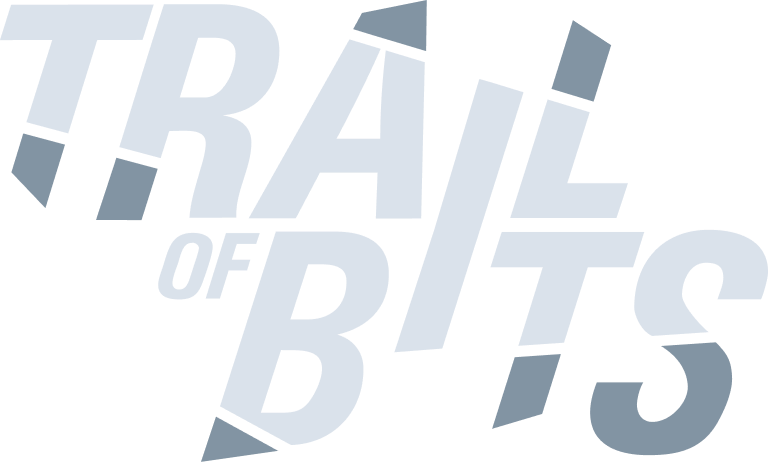The Art of Fault Injection: Advanced Techniques & Attacks
Instructors: Cristofaro Mune
Dates: June 23 to 26 2025
Capacity: 20
Fault Injection is often the weapon of choice for breaking into devices when exploitable software
vulnerabilities are not known or absent. While Fault Injection attacks are nowadays common, typical
concepts,
methodologies, techniques, and attacks are often not sufficiently understood. While achieving success by
simply glitching a target can yield results, it's important to note that this approach alone doesn't
facilitate
the creation of innovative attacks.
In this training, students will experience and appreciate the Art of Fault Injection (TAoFI) to exploit
the full potential of Fault Injection attacks.
This training assumes, though it is not strictly mandatory, that students possess prior experience with
Fault Injection attacks, either obtained at work, at home, or at a previously attended training (e.g.,
from Colin, Joe, or Thomas). Students are encouraged to work together in teams of two, sharing their
experiences, to tackle the challenges together more efficiently. Even though not recommended, students
may work individually as well.
Students will be using advanced techniques to characterize the effects of voltage glitches on the
Espressif ESP32 System-on-Chip (SoC). The faults resulting from these voltage glitches are carefully
analyzed and described to build a thorough understanding of the target’s susceptibility to voltage
glitches. This enables the students to create powerful Fault Injection exploits. During this training,
rather than focusing on a specific
set of tools, the students will focus more on the concepts, methodologies, techniques, and attacks
relevant to Fault Injection attacks.
Students will experience, with guidance from experts, performing real-world Fault Injection attacks,
that were either disclosed by Raelize or other security researchers. Students will be using the NewAE
ChipWhisperer-Husky, typical hardware lab tooling like an oscilloscope and a hardware debugger. Students
are provided with a virtual machine (VM) with all the required tooling installed, as well as access to
the
required hardware.
Upon completing the training, students will be proficient in executing sophisticated Fault Injection
attacks
on real-world targets using commercially available tooling. The knowledge gained from understanding the
underlying concepts, methodologies, techniques, and attacks, can be used by the students to perform
novel
Fault Injection attacks on other targets of interest.
Course Topics
The course is 75% practical exercises and 25% presentations. Most exercises are use a custom development
board based on the Espressif ESP32 System-on-Chip (SoC).
This training starts by building up a solid understanding of the typical concepts and methodologies used
in Fault Injection. Then, students dive straight into advanced techniques and attacks used in Fault
Injection exploits.
Fundamentals
- Fundamentals of Fault Injection
- Building Fault Injection setups
- Raelize Fault Injection Reference Model (FIRM)
- Get familiar with the target (Espressif ESP32)
- Creating a custom bootloader
- Understanding its security features
- Get familiar with the tooling
- NewAE ChipWhisperer-Husky
- PicoScope 2000 Series Oscilloscope
- Espressif ESP-Prog
- Raspberry Pi Pico
- Riden RK6006 Bench Power Supply
Advanced Techniques
- Target characterization; with and without custom code
- Analyzing faults to identify target behavior
- Plotting results to identify target behavior
- Modeling faults to build attack primitives
- Advanced trigger techniques for timing
- Vulnerability identification by reverse engineering
- Vulnerability verification with hardware debugger
- Effective glitch parameter selection strategies Advanced Attacks
- Bypassing Secure Boot on ESP32 (CVE-2019-15894)
- Controlling the Program Counter on ESP32
- Glitching the OTP Transfer on ESP32 (CVE-2019-17391)
- Bypassing Encrypted Secure Boot on ESP32 (CVE-2020-13629)
Important: The required tooling is only tested on x86-64-based systems. ARM based systems (e.g., Apple
Silicon M1, M2 or M3), or systems based on other architectures, are not supported.
Note, that the Fault Injection tooling will be attached to the VM that Raelize provides. Please, make
sure that forwarding different types of USB devices to the VM works as expected. In our experience, this
works best using VMware products (e.g., VMware Workstation Player).
Key Learning Objectives
- Understand Fault Injection techniques and attacks like an expert
- Identify non-trivial vulnerabilities using advanced Fault Injection techniques
- Create advanced Fault Injection exploits using commercially available tooling
- Reproduce top-notch security research originally performed by Fault Injection experts
WHO SHOULD ATTEND
- Security Analysts, Researchers & Enthusiasts
- Forensic Investigators
- Anyone else interested in advanced Fault Injection techniques and attacks
Prerequisites
- have experience performing basic Fault Injection attacks
- be familiar with communicating with embedded devices
- be familiar with typical hardware lab tooling
- be familiar with programming Python and C
- be familiar with reverse engineering software
- be familiar with common cryptography (RSA, AES, and SHA)
Hardware/Software Requirements
The students of this training are expected to bring a modern x86-64 based laptop or workstation:
- where they are allowed to install software
- with sufficient memory (at least 8 GB)
- with at least four (4) available USB-A ports (i.e., use a USB hub)
- installed with a modern browser (i.e., Google Chrome)
- installed with VMware Player/Workstation (or VirtualBox) Raelize will have extra USB hubs available during the training (USB-C / USB-A)
To Register
Click here to register.
